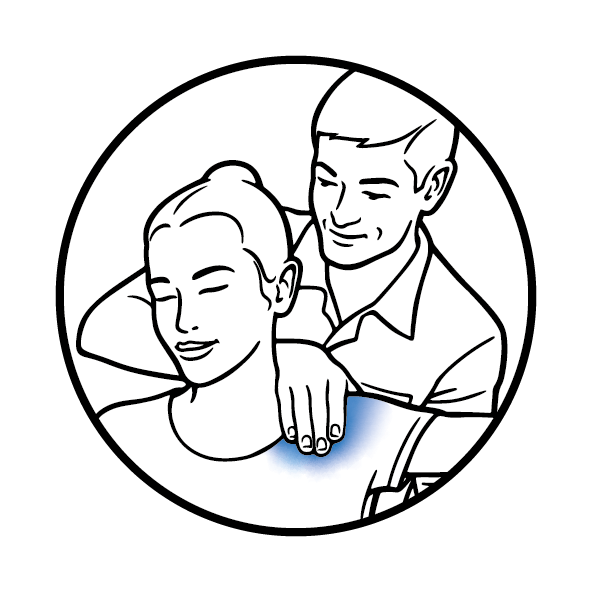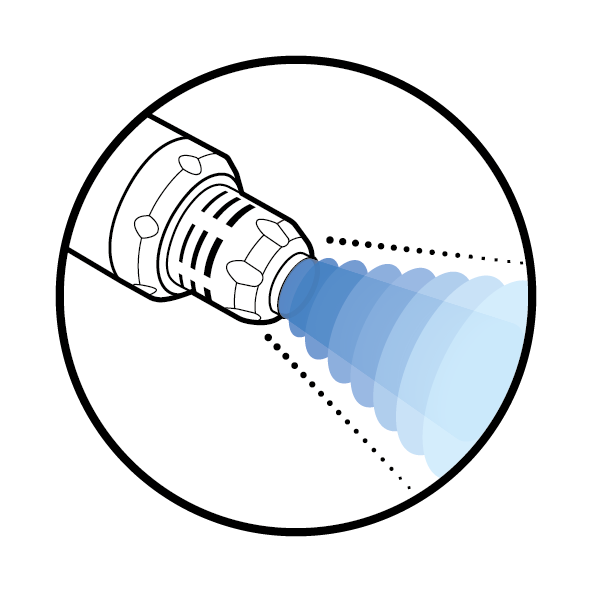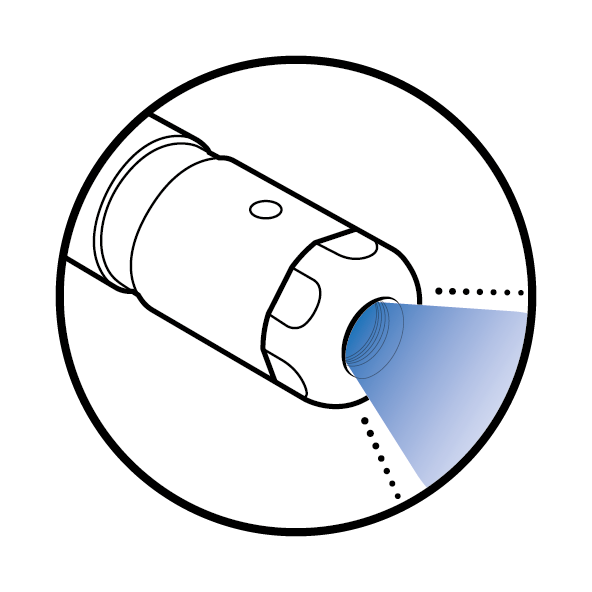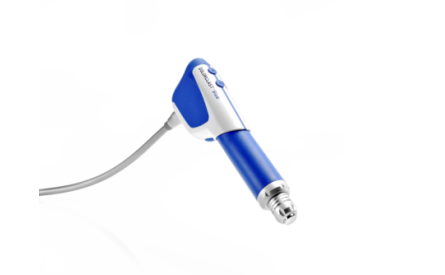Plantar fasciopathy or plantar fasciitis? Previously, inflammatory pathology was considered to be the leading cause of plantar fasciitis. However, studies involving modern imaging modalities have shifted the paradigm towards a noninflammatory degenerative process, simultaneously prompting a change in name from fasciitis to plantar fasciopathy [2,3].
Vous êtes ici
00 - Vue d'ensemble
SEE ALL
CHAPTERS
Vue d'ensemble
Introduction to plantar fasciopathy
La fasciopathie plantaire (FP) désigne une douleur le long de l'aponévrose plantaire proximale et de son attache dans la zone de la tubérosité calcanéenne. Responsable d'environ 11 à 15% de tous les cas d'affections du pied, elle est la source la plus courante de douleurs plantaires au talon [1-2]. Selon les estimations, plus d'une personne sur dix sera confrontée à la fasciopathie plantaire au cours de sa vie [2].
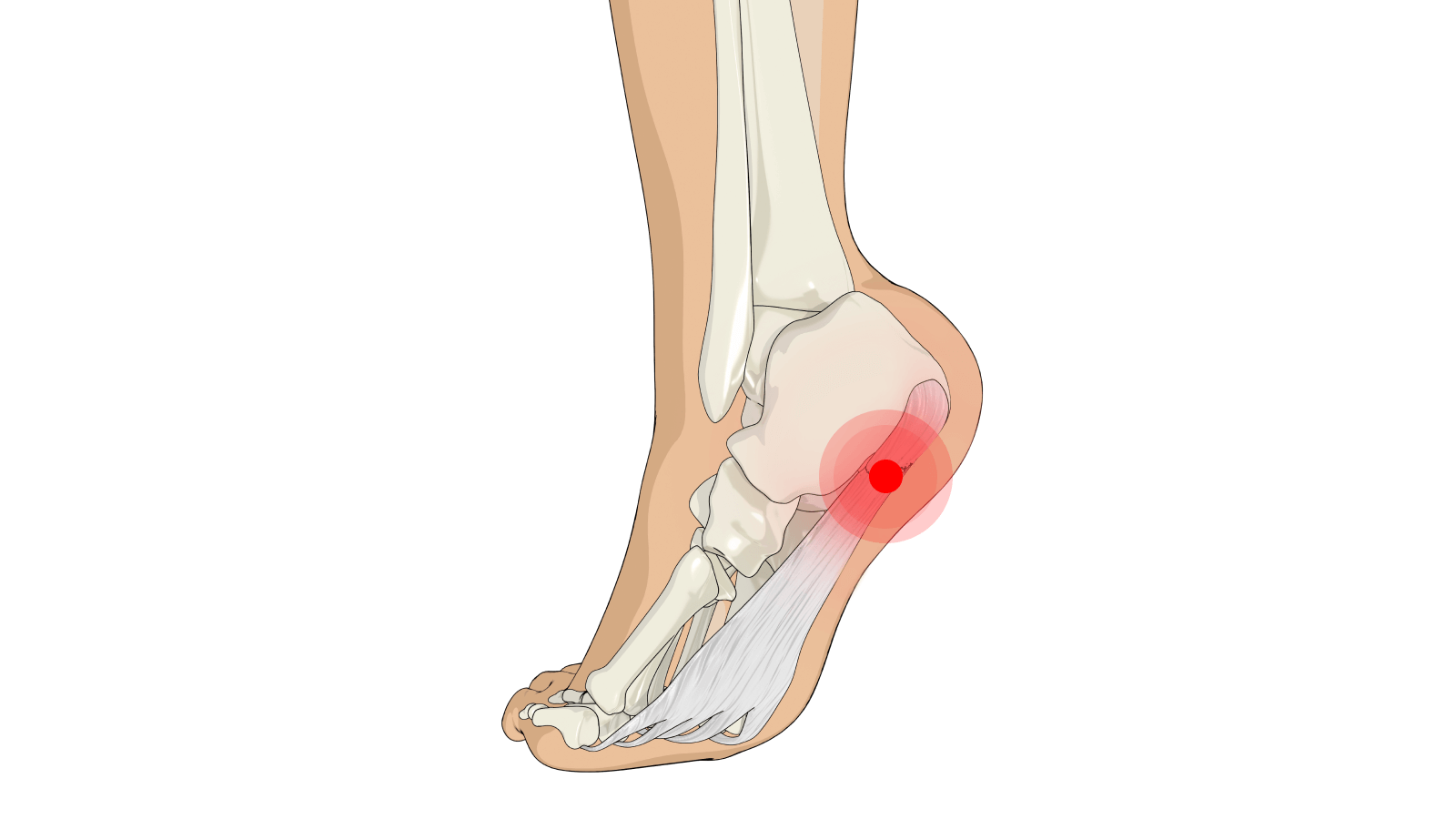
Untreated plantar fasciopathy can turn into chronic heel pain that significantly impedes normal activities. To mitigate pain in the foot, the patient may adopt changes in walking position, potentially leading to future foot, knee, hip, or back problems.
What are the causes of plantar fasciopathy?
Plantar fasciopathy is attributable to mechanical overload on the plantar fascia and its enthesis of the calcaneal tuberosity [4]. Demanding physical activity, biomechanical faults, obesity, or work-related activity can cause microtears in the plantar fascia. Eventually, sustained, repetitive injury surpasses the body’s capacity to repair itself, leading to degenerative changes.
Who is at risk of developing plantar fasciopathy?
Recreational and elite runners are more at risk of developing plantar fasciopathy. However, the condition is also associated with several other sports and, more generally, with repeated stretching and contraction of the plantar fascia (incidence of 5% to 10%) [3]. Other causes include:
- prolonged weight bearing;
- obesity (BMI greater than 27 kg/m2);
- unsuitable shoes;
- walking or running without preconditioning;
- excessive pronation;
- limited dorsiflexion of the talocrural joint.
Guided DolorClast® Therapy
Transform your plantar fasciopathy treatment with Guided DolorClast® Therapy. This educational concept empowers practitioners like you to utilize high-power EMS solutions like radial shock wave therapy, focused shock wave therapy, and laser therapy to their fullest potential, resulting in improved patient outcomes. Click further to learn more and take your practice to the next level.
Maximize your treatment outcomes
The right technologies with the right energy to successfully treat 90% of major musculoskeletal disorders.
Transform your patients’ experiences
The ally to provide a pain-free experience and restore patients' confidence in their recovery.
Boost your practice success
The care partner to boost your practice's productivity, visibility, and profitability

